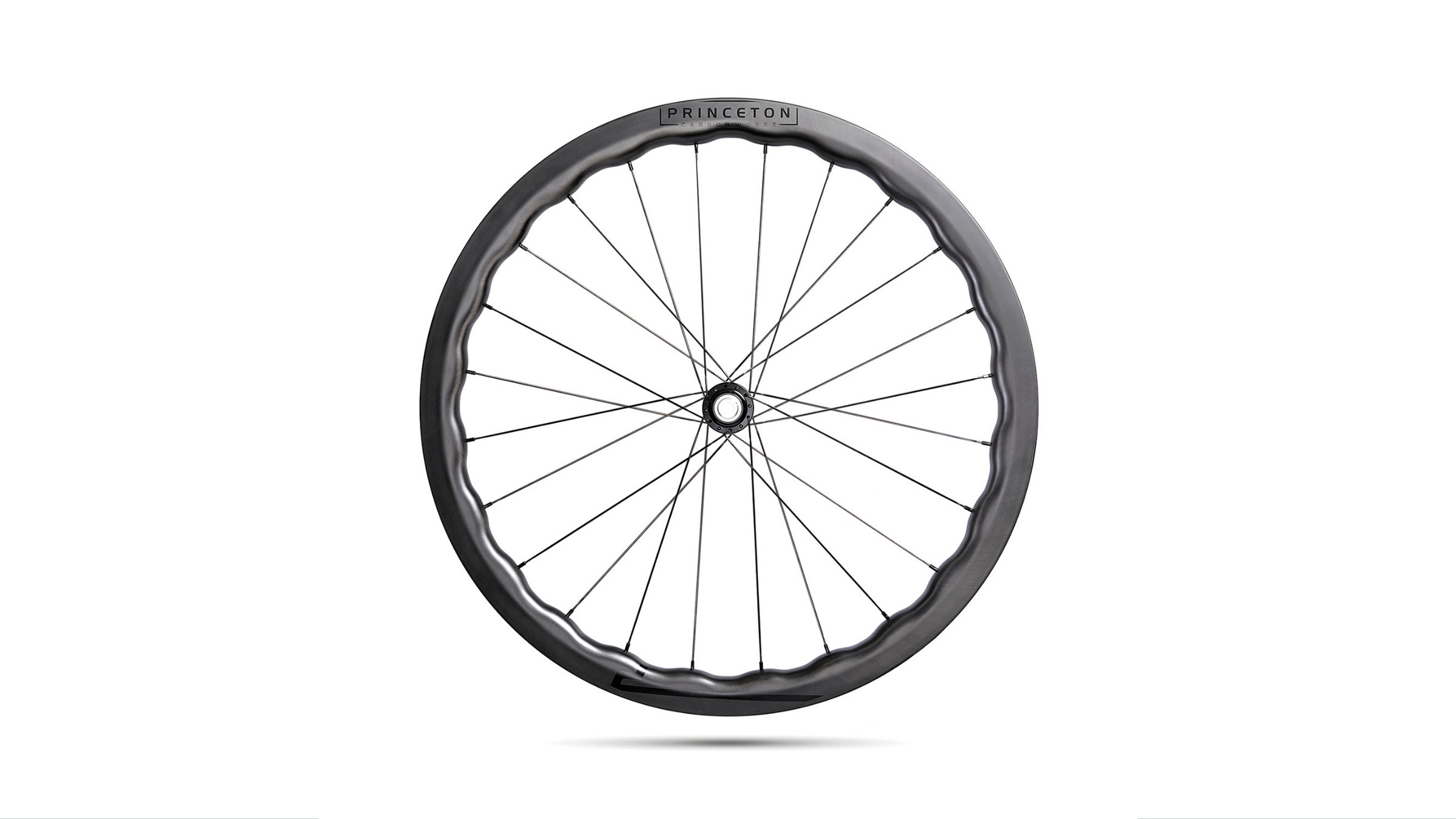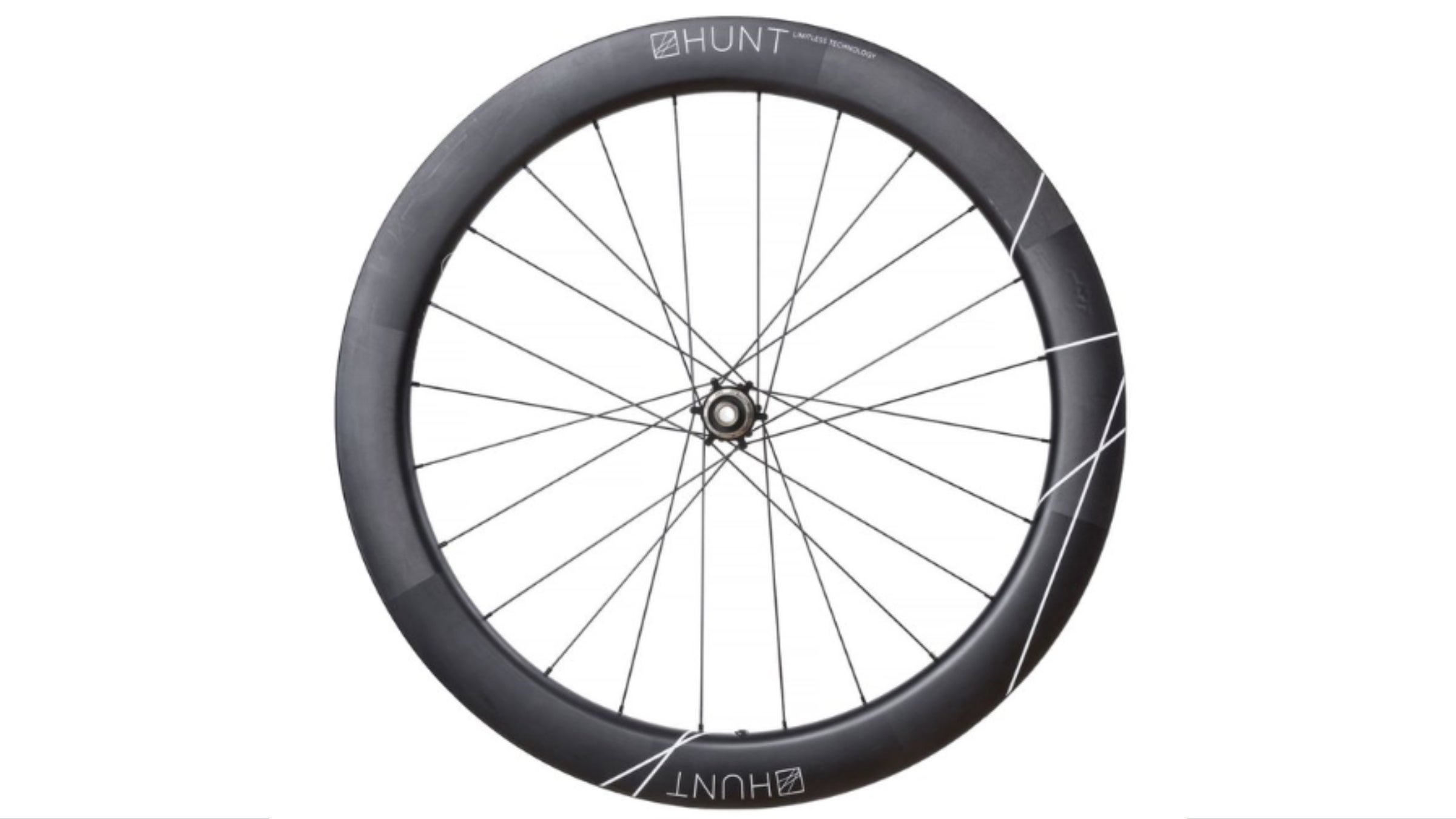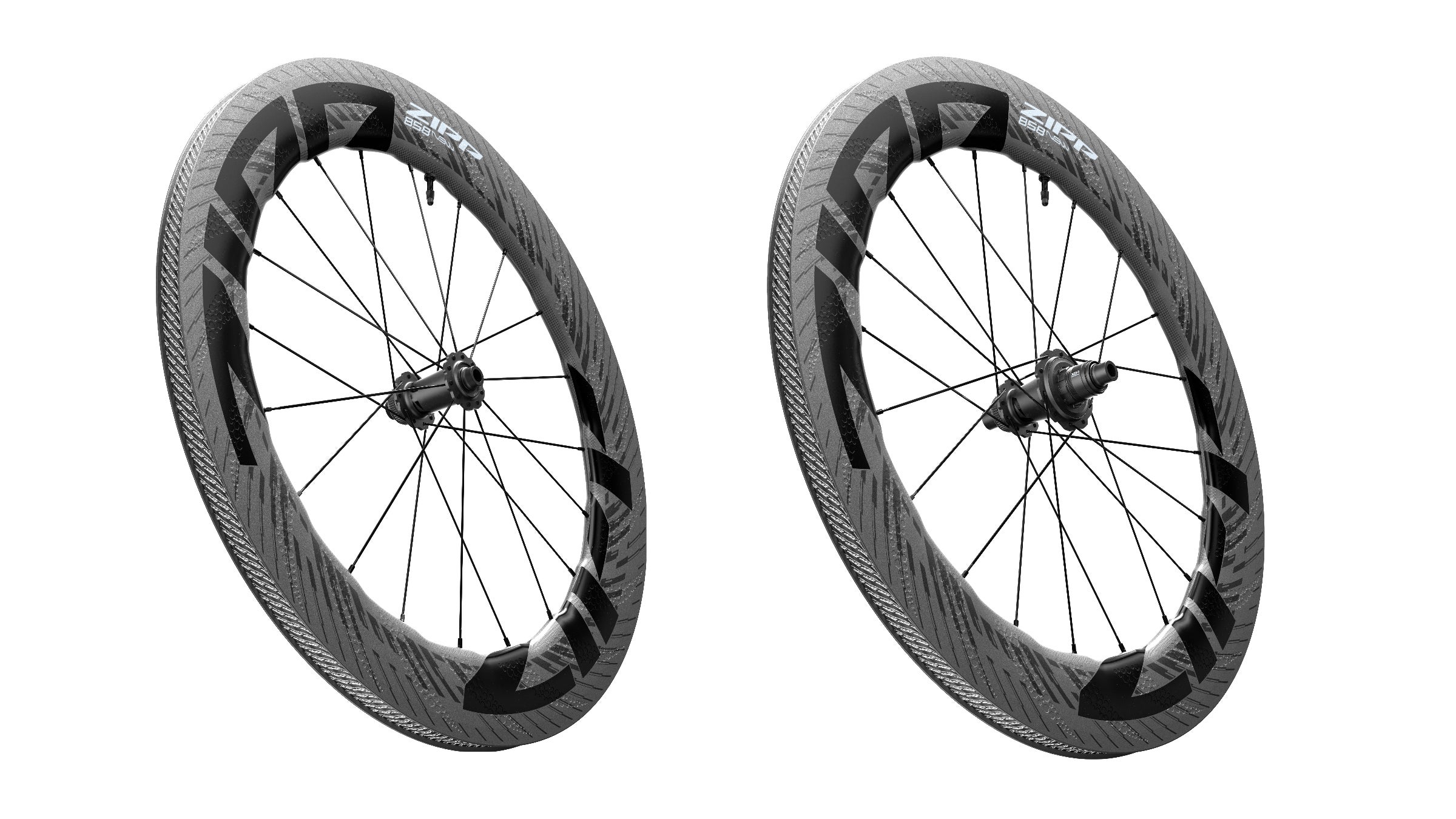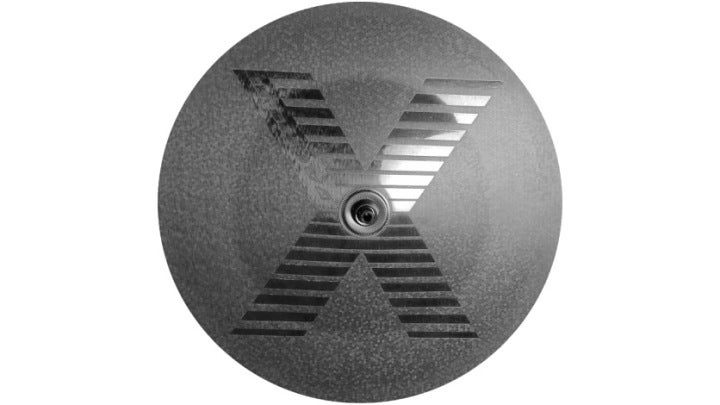New perk! Get after it with local recommendations just for you. Discover nearby events, routes out your door, and hidden gems when you sign up for the Local Running Drop.
The only thing more difficult than decoding wheel brands’ model names (DT Swiss ARC 1100 DICUT DB 62?? Really?) can be choosing the right rim depth for the right situation. Initially, triathletes operated under the “more is more” mantra that said you should always run 80mm wheels, no matter what. For a while it was even “disc or die,” back when triathletes loved disc wheels for every possible occasion. Sure there’s a lot of machismo around wheel selection—the same machismo that likely drives the majority of Corvette sales—but there’s also a lot of misinformation around wheel-depth choice. Without digging into the deep wind tunnel numbers behind each depth for each wheel, we’re going to take a look at a quick-and-dirty guide for those looking to purchase their next wheelset, and three great options at three different rim depths far below. For more info, check out our guide to wheel depth for triathletes.
Ain’t No Mountain High Enough
This may seem obvious, but it needs to be said: Not every wheelset is appropriate for every course. For a course with 2,300 feet of climbing in 30ish bumpy miles, more than a few sections with grades between 7-13%, and plenty of technical descents on the brakes, a disc wheel is not appropriate. Sorry, it’s just not. For a course like that, all but the strongest of cyclists should be running somewhere in the 50-65mm range. For any course that has a majority of ups and downs with few flats, think mid-depth; for anything like 70.3 Nice, with 4,500 feet of climbing over 56 miles, you’d want to go less, like 30-50mm. It’s rare, however, that you’d want to go under 30mm for a non-draft tri unless there were non-course-related reasons. Now, if you’re on a flat course like IMFL or IMAZ (though, you should also account for the turns on IMAZ), or something rolling, you might want a disc wheel or something around 80mm, depending on your abilities (we’ll get to that later).
Turn! Turn! Turn!
This is important too: The elevation gain of the course is a huge factor, but the amount and severity of corners are also worth factoring in. If you’ve got tons of tight 90-degree turns, that means you’ll be slowing down and speeding up quite often. If you’ve got a big heavy disc underneath you, it’s going to take a lot more torque (which hurts your legs quite a bit for the bike and the run) to get back up to speed after slowing down. On the other hand, if you’re an amazing bike handler and the turns are sweeping, or the course rolls gently, that momentum you maintain with a disc wheel around corners and up and down rollers will actually help you—assuming you’re not featherweight, and cycling isn’t a glaring weak spot.
Blowin’ In The Wind
Courses aside, the next factor you need to look at when determining wheel depth for a given day is weather conditions. In windier conditions, it’s true that a lighter rider (or someone with less experience) will be blown around more with a deeper wheelset—with the front wheel playing a far far bigger role than the rear. In fact, many heavier riders (like above 160lbs.) can still run a disc rear wheel, even in all the but the windiest conditions and still maintain control. A rough rule of thumb for moderately experienced riders is you should stick with a mid-depth front wheel (40-60mm) when crosswind speeds go above 15-20mph; heavier/more experienced riders can get away with more, lighter/less experienced riders should exercise more caution. Don’t forget, you can still run something deeper (50-80mm) in the rear and shallower in the front if crosswind conditions pick up on race day, and you shouldn’t have too many problems unless you’re riding particularly slowly.
Are You Experienced?
Bike handling skills and experience definitely come in a close fourth when it comes to choosing a wheel depth for race day. The more time you spend on a deep wheelset, the more you’ll be able to naturally handle the side forces you might experience from crosswinds in a race. I’ve seen pros ride in an aero tuck on 40mph downhills with 30+mph gusts on 80mm front and rear wheels—they stay relaxed, let the winds move them a little, and then lean into the rest. I’ve also seen pros completely freak out in 15mph steady side winds with 50mm wheels, and come off the bike a tense wreck, unable to run well at all. How do you get better at this? It’s easy: Ride with deep wheels often.
The best deep-section riders—the ones who will get a ton of advantage in crosswinds with deep wheels on—are almost completely relaxed because they train with those wheels often. They have great bike splits because they can handle a deep wheel on a flat course, and they come off the bike ready to fly without any fatigue from holding on for dear life. Yes, I know it’s not super cool to do training rides with 80mm wheels, but there is a purpose aside from just putting up good Strava segments—you’ll be ready when things get hairy on race day. Similarly, there are more than a few strong arguments that wheels like a disc wheel don’t even give any advantage at all when ridden below a certain average speed—Enve, for example, even narrows their own buyer market by saying anyone who averages under 27mph shouldn’t be riding their disc at all!
Magic Carpet Ride
Of course, the four main considerations above are mostly general and not at all wheel-specific. Some brands have excellent crosswind handling at deeper depths, due to their rim’s shape. I’ve ridden super wide rims that had almost no crosswind issues at deeper depths when compared to other rims, and I’ve ridden wheels that felt like trash in crosswinds, even at 40mm deep, due to super bladed spokes or simply a bad aero fit with the frame. We won’t even get into wind tunnel testing for various rim depths here because that would require a whole other article exploring different brands’ shapes across different depths. The old mantra “deeper is always faster” still doesn’t apply, even when you remove factors like wheel weight (elevation gain, grade, cornering, etc.), rider weight/skill (handling, etc.), and conditions (wind, road quality, etc.). Some rim shapes just do better than others in the wind tunnel at various angles, but again that’s a whole other topic. High-tech data aside, it’s still super important to think about the factors above when choosing a wheel depth.
Below are a few of our favorite wheels in each depth category pulled from our Summer 2021 Wheel Guide:
Section dividerWheel Depth: Shallow
Princeton GRIT 4540
$3,150-4,500; 1350g (varies based on hub choice), rim or disc brake, tubeless ready
40-45mm deep variable (29.9mm external width, 21mm internal width)
princetoncarbon.com
Reviewed by: Jonathan Blyer

No, these aren’t your budget wheels (don’t worry, there are some below), but they’re the cutting edge of tech. With a shape that kind-of-sort-of resembles Zipp’s 454 NSW line, this undulating rim works great for pretty much all wind conditions. In fact, if you want one wheelset that can do it all, this is the one—it’s at home in a tri, while training, and even in the dirt. Better yet, Princeton Carbon has a bounty of choices when it comes to wheel builds, so you can get exactly the hub pairing you want.
RELATED: Reviewed: Princeton Carbon Wake 6560
Section dividerWheel Depth: Mid
Hunt 60 Limitless
$1,690; 1669g, disc brake only, tubeless only
60mm deep (34mm external width, 21mm internal),
us.huntbikewheels.com
Reviewed by: Jonathan Blyer

The 60 Limitless is a wheel built to go fast and handle exceptionally well. The most notable feature of these wheels is just how wide the rims are—they measure 34mm wide externally. The wheels are built with aero-shaped spokes and Hunt’s own hubs, and are offered with either steel bearings for $1,689 or CeramicSpeed bearings for $2,119 (which is still a steal). At 1,669 grams these wheels are a little bit on the heavy side, but all of that rim width has to come from some extra material.
Read the in-depth review here.
Section dividerWheel Depth: Deep
Zipp 858 NSW
$4,400, 1530g, available in disk-brake only, tubeless ready
82-85mm deep, 23mm internal width
sram.com
Reviewed by: Chris Foster

Zipp made a huge leap in their already well-loved 808 range by shaving almost 300 grams off this deep carbon wheelset. By introducing a hookless rim design (tubeless-compatible tire only, but you can use a tube inside if you prefer), Zipp has claimed to reduce rolling resistance and increase aerodynamics on this 28mm-optimized wheelset. In fact, Zipp even says you could go to 30mm with great effect—but be warned very few tri frames would support a tire that wide. The only downsides to this wheelset are obviously the price, and the fact that it comes in a disc-only version. Otherwise, despite its depth, this wheel set handles beautifully in crosswinds and winds up fast out of tight corners or up hills—due to its super light weight.
RELATED: Reviewed: Zipp’s Brand New 858 NSW Wheelset
Section dividerWheel Depth: Disc
Ron Aeron X Disc Wheel
$1,245; 1180g, available in rim or disc, tubeless compatible
27mm external width
ronwheels.com

Though disc wheels for triathletes are rarely considered a “budget” item—given that they’re a race-day only item that only works for certain riders on certain courses and in certain conditions—but the latest from Polish brand, Ron, is about as budget as you can get for a disc wheel. The new Aeron X falls way on the lower side of the weight scale for a disc wheel, more like a disc that costs over twice as much, and still comes with high-end features like ceramic bearings. Ron also offers a tire install service for those who don’t want to deal with the horrifyingly annoying task of mounting a tubeless tire and sealant on a disc wheel (trust us, it’s not something you want to do!). Though it’s available in rim or disc brake options (we tested the disc version), this wheel is best run with tubeless tires at a lower pressure (think <90psi depending on your weight) and disc brakes. With that combination, riders can expect an atypically smooth ride for a disc and the fantastic braking performance that takes a heavy carbon rim out of the equation.
